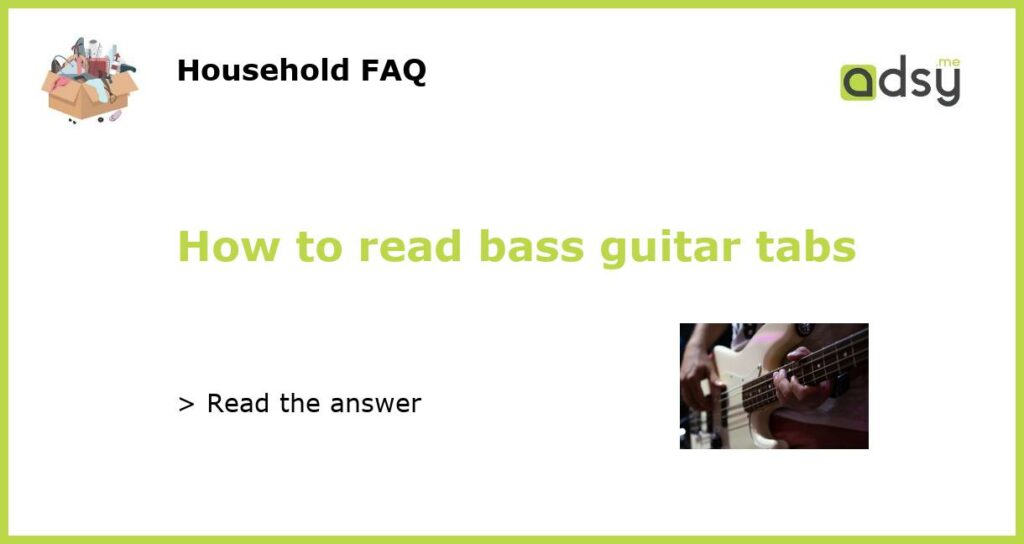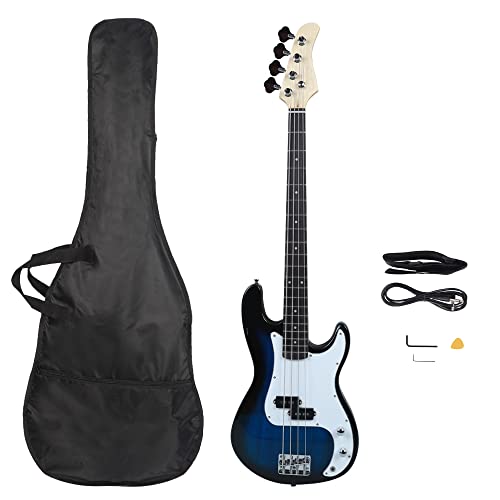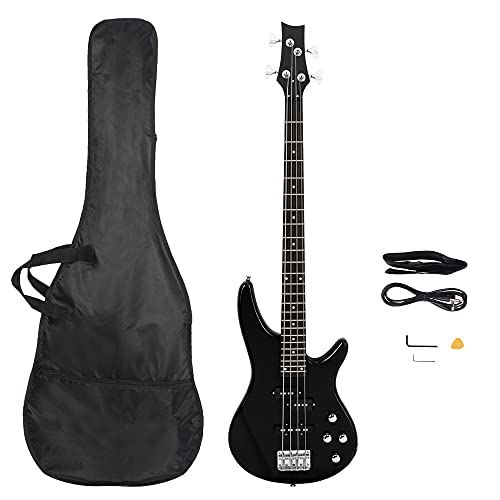1. Understanding the Basics of Bass Guitar Tabs
Before we dive into the specifics of reading bass guitar tabs, it’s important to understand what they are. A tab (short for tablature) is a form of musical notation that indicates which fret to play on each string of the bass guitar. Unlike traditional sheet music, which uses notes on a staff to convey musical information, tabs use a diagram of the fretboard and numbers to indicate which fret to play.
2. Decoding the Numbers on Bass Guitar Tabs
The numbers on bass guitar tabs represent the frets on your instrument. The top line of the tab represents the highest-pitched string (the G string), while the bottom line represents the lowest-pitched string (the E string) on a standard four-string bass. When a number appears on a particular string, it means you should press down on that fret on that string with your left hand and pluck the string with your right hand.
3. Navigating the Rhythm on Bass Guitar Tabs
Bass guitar tabs not only tell you which fret to play, but also when to play it. The numbers on the tab are arranged in order from left to right to reflect the timing of the notes in the song. While the exact duration of each note may not be indicated, you can typically infer the rhythm by the spacing of the numbers on the tab. When multiple numbers appear vertically on the same string, it means you should play those notes simultaneously or as a chord.
4. Using Tab Key Signatures on Bass Guitar Tabs
Some bass guitar tabs may include key signatures, which indicate the tonal center of the song. This can be helpful for understanding the overall structure of the song and can also be useful for improvisation. If a song is written in a major key, you can use the corresponding major scale to create bass lines and solos that complement the melody.
5. Tips for Practicing Bass Guitar Tabs
As with any skill, learning how to read bass guitar tabs takes practice. Start by finding a simple song with a straightforward bass line and work through the tab one measure at a time. Use a metronome to help you stay on rhythm and gradually increase the tempo as you become more comfortable with the song. Don’t be afraid to experiment and add your own variations to the bass line once you have mastered the original tab. With time and practice, you’ll be able to read and play a wide variety of bass guitar tabs.






